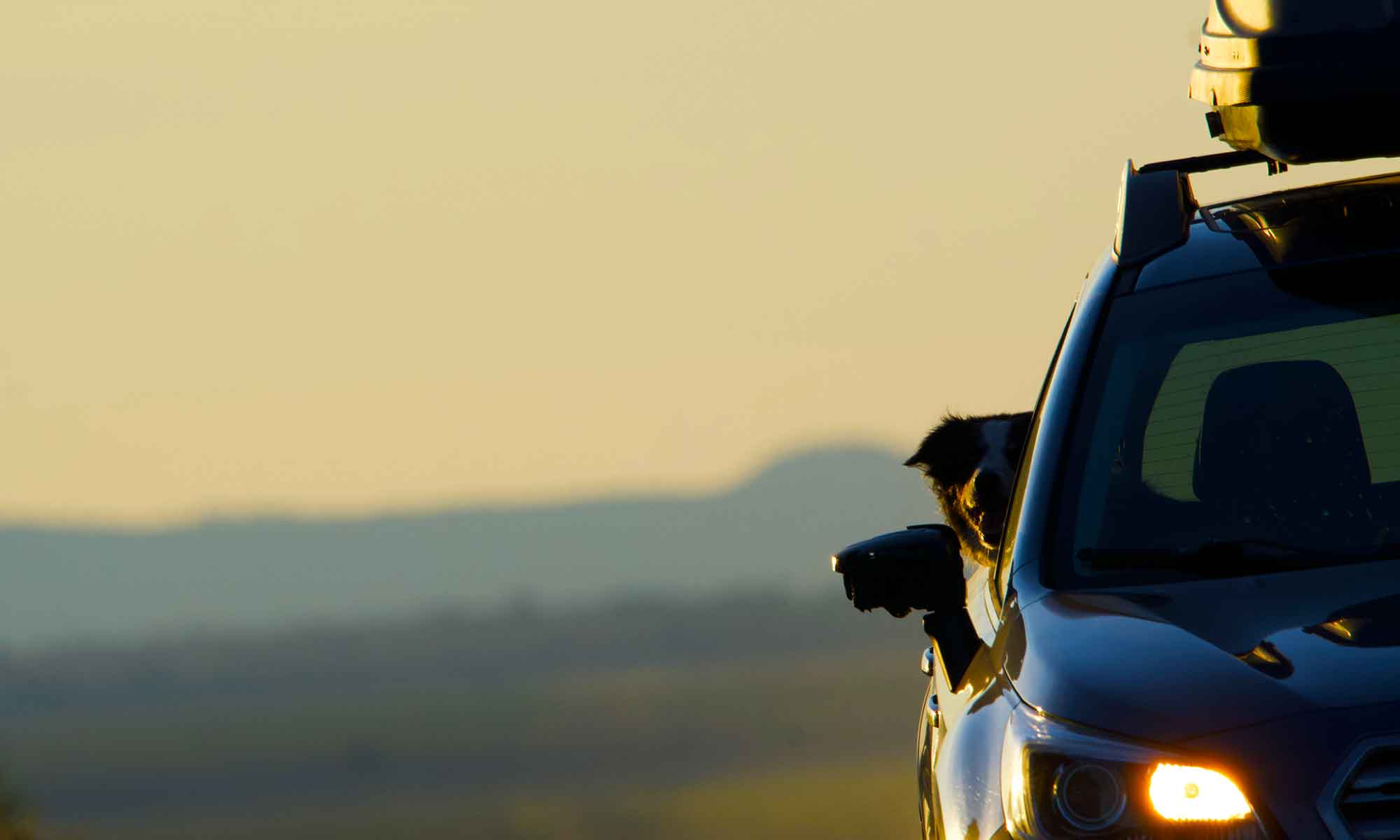
This week we headed over to Summer Lake. It’s a trek we’ll make a couple of times over the next few weeks as the winter migration gets underway.

It bears repeating . . . Summer Lake Wildlife Refuge offers the best vantage point for birding. To start, it’s on the Pacific Flyway.
More importantly, the marshes and ponds are bordered with a loop road and numerous turnouts. These two elements mean we are within easy viewing distance of a multitude of bird species.

There is one other, not so great, aspect of this wetland sanctuary . . . mosquitoes. Clouds of the little buggers.
I was under the impression that one encountered this pest only in spring and early summer. I was wrong. Application of some trusty repellent and at least the biting was down to a minimum.

We’d come in the late afternoon to take advantage of the evening light and perhaps capture the sunset. It was too early in the season to have the wetlands teeming with waterfowl. With the exception of mosquito swarms, it was a pleasant evening to be birding.
Photographers refer to this time of day as golden hour. The sun casts long shadows and paints a warm hue to the light cast.
We found some nice images and have plans to return in a few weeks when the activity increases. Hopefully, without mosquitoes.











 The road that runs through the center of the refuge follows a series of the canals used to move water between ponds. These were lined with thick fresh growth of dark green reeds and cattails. There was an abundance of dragonflies and frogs, but not many birds.
The road that runs through the center of the refuge follows a series of the canals used to move water between ponds. These were lined with thick fresh growth of dark green reeds and cattails. There was an abundance of dragonflies and frogs, but not many birds.































 This trip never disappoints. There is always some visitor or resident to pose for a picture. Most of the large migratory species have moved north, but a squadron of pelicans is still here.
This trip never disappoints. There is always some visitor or resident to pose for a picture. Most of the large migratory species have moved north, but a squadron of pelicans is still here.



